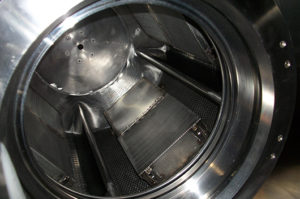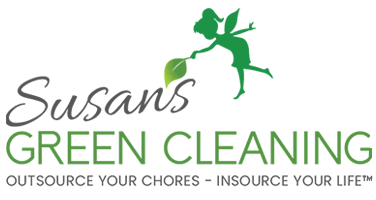
What Organic Dry Cleaning Method Is Healthiest?
Organic dry cleaning companies use different methods to clean clothes. Susan Stocker, owner of Seattle’s #1 Green Cleaning Company weighs in on a question asked by customers:
What is the healthiest organic dry cleaning method?
Maybe you’ve noticed a number of organic dry cleaning companies cropping up around Seattle and thought, “how nice to have healthy dry cleaning in our area.” Stop right there. We want you to know that not all organic dry cleaning methods are equal. Not all of them are ethical. And not all of them are healthy. The difference between organic dry cleaning companies is found in how they define “organic”. Some define organic to be the absence of toxic chemicals, but others define it as compounds containing carbon. This is GREENWASHING!
Since all dry cleaners are not equal–even if they have the designation “organic” in front of their name–we’ve compiled a list of The Good, The Bad, and The Ugly to help you make informed dry cleaning choices.
The Good: Liquid CO2 Dry Cleaning

Liquid CO2 Equipment
Both Liquid CO2 and wet cleaning by an experienced professional are the healthiest methods of organic dry cleaning. (Yes, it is ironic that the two healthiest dry cleaning methods are called LIQUID and WET cleaning, but it’s true.)
Liquid CO2 dry cleaning is genius! According to the inventor’s patent information the same gas used to make seltzer fizzy cleans clothes by converting carbon dioxide to a liquid form and then back into a gas. Liquid CO2 is an entirely chemical-free cleaning method that the EPA, Natural Resources Defense Council, Greenpeace, and Consumer Reports all rave about. Unlike all other methods that require heat, Liquid CO2 is a cold process that minimizes pilling, wrinkling, and fading. It’s good for your body, good for your clothes, and good for the environment because the CO2 that is released, turns into oxygen that can be used by plants and trees! It’s good, good, good.
Wet cleaning can be done by a professional who knows how to handle specific fabrics with care.
Note: there aren’t as many dry cleaning companies offering Liquid CO2 cleaning as other methods because the required equipment costs upwards of $100,000. This means that you may have to search harder, drive farther, and pay more to have your clothes cleaned by Liquid CO2. Still, we feel it’s worth the extra investment to support companies that deliver greater health, a positive impact on the environment, and more longevity for your clothes.
The Bad: DF-200 and Green Earth
Some cleaners calling their process “organic” are using DF-2000, a petroleum-based solvent produced by Exxon Mobile that the EPA says is a neurotoxin. This is decidedly bad. Similarly, some cleaners are using a method called Green Earth which uses D-5 silicone (decamethylcylopentasiloxane). D-5 has been shown to increase the growth of malignant tumors in garment cleaning workers in a 2007 OEHHA report. Though less toxic than conventional dry cleaning methods, Green Earth’s use of the word organic is misleading to a population accustomed to organic meaning chemical-free.
The Ugly: Perc (Tetrachloroethylene)
Once upon a time, all dry cleaning was done with hydrocarbon compounds. Then perc became available and they were all but abandoned. What is perc? Perc is Tetrachloroethylene, a chemical that The International Agency for Research on Cancer classifies a probable human carcinogen that can “increase the risk of cervical and esophageal cancers as well as non-Hodgkin lymphoma.” Exposure to perc was found to raise the risk of Parkinson’s disease. Perc was banned in California, and outlawed for use after 2023. It is UGLY, which is why a new generation of hydrocarbon cleaners are being used even though they are extremely flammable.
So there you have it. When you are choosing an organic dry cleaner, take your time to research which organic dry cleaning method they use. Your body and the environment will thank you.



